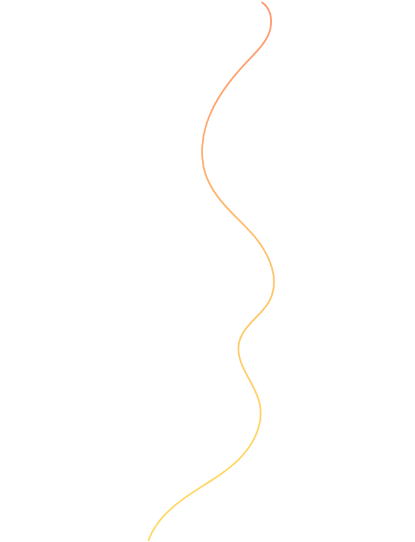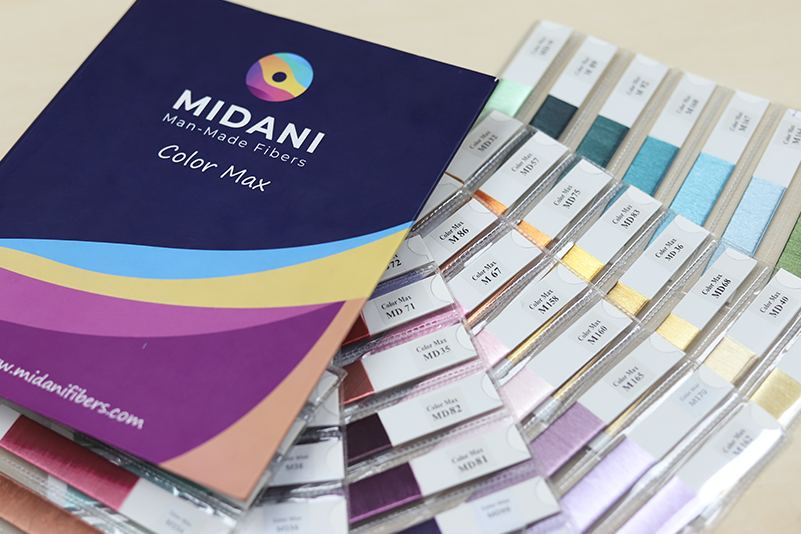Polyester, an artificial fiber, boasts numerous benefits over its natural counterparts, such as cotton, wool, and silk. It’s robust, long-lasting, and resistant to wrinkles, shrinkage, and color fading, making it easy to maintain. Its versatility allows it to be mixed with other fibers or used to create various types of yarns.
One prevalent type of polyester yarn is Partially Oriented Yarn or POY. The production of POY involves spinning molten polyester chips at high velocities, resulting in a yarn with a certain level of orientation and crystallization. However, more than this level is needed to render it stable and usable. Typically, POY is white or dull and exhibits low tenacity and elongation.
POY is not directly applicable in textile operations like weaving, knitting, or sewing. It requires additional processing through drawing, texturizing, or dyeing to enhance its properties and aesthetics. Drawing is a method that stretches the POY yarn to augment its orientation and crystallization, thereby increasing its strength, rigidity, and luster. Texturizing introduces crimp, curl, or twist to the POY yarn, making it bulkier, softer, and more elastic. Dyeing imparts color to the POY yarn using a variety of chemicals and techniques.
POY was first developed in the 1950s by DuPont, which also invented nylon and acrylic. DuPont was a pioneer in the field of synthetic fibers and created many innovations that changed the fashion industry and everyday life. POY was one of the products that emerged from DuPont’s pure science division, which was dedicated to exploring new research areas without immediate commercial goals.
POY was initially used for making tire cords, which required high strength and durability. Later, it was also used for making industrial fabrics, such as tarps, tents, and parachutes. In the 1970s, POY started to be used for making apparel fabrics, such as polyester-cotton blends, which were famous for their easy-care properties. POY also became a major raw material for making textured yarns, such as DTY (Drawn Textured Yarn) and ATY (Air Textured Yarn), used to make various fabrics with different effects.
Today, POY is widely used in the textile industry for making different kinds of yarns and fabrics. It is also used for making sewing threads, which is essential for joining fabrics. POY sewing threads have many advantages over natural or semisynthetic threads, such as rayon or cotton. They are stronger, more resistant to abrasion and heat, more color-fast, and more compatible with synthetic fabrics.
Midani Yarns is one of the leading manufacturers of polyester POY threads in the textile industry. As a family-owned company based in Egypt that specializes in producing high-quality polyester continuous filament sewing threads, we offer a wide range of products with different specifications, such as denier (thickness), twist (direction and number of turns), color (shade and fastness), finish (lubrication and softness), and packaging (cone size and weight).
Our facilities are equipped with state-of-the-art technology and equipment to produce our ColorMax polyester POY threads. We also follow strict quality control procedures to ensure our products meet the highest performance and customer satisfaction standards. With over 40 years of experience, we built a strong reputation in the local and international markets for our reliability, consistency, and innovation.
Our team is committed to providing our clients with the best polyester POY threads for their textile needs, whether for making garments, home textiles, upholstery, or industrial applications.
Let’s Talk! Contact us







